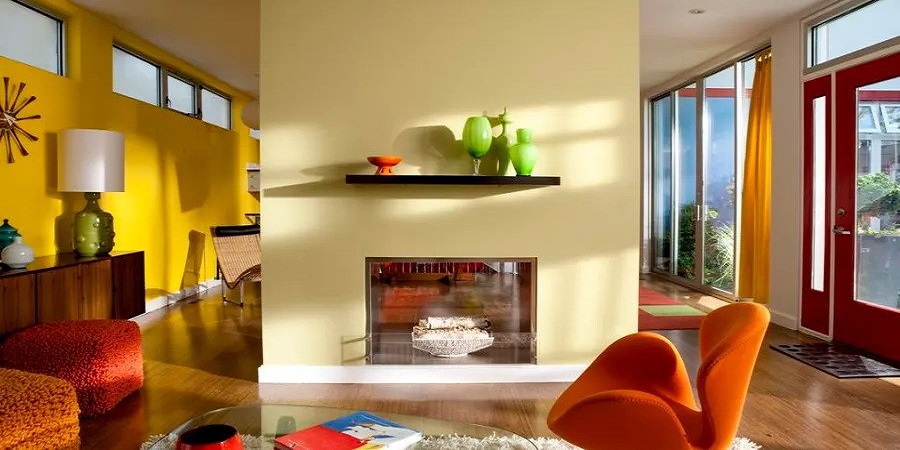How to Choose the Right Color Palette for your Home
Choosing the right color scheme for your home is like painting a masterpiece on a blank canvas. The colors you select play a crucial role in setting the tone, mood, and overall aesthetic of your living space. Whether you're revamping your interiors or starting from scratch, this guide will help you navigate the world of color and create a harmonious palette that reflects your style and personality.
Understanding the Basics
Before diving into color options, it's essential to understand the basics of color theory. Colors can be broadly categorized into warm (reds, yellows, oranges) and cool (blues, greens, purples) tones. Additionally, neutrals such as whites, grays, and browns provide a versatile backdrop for any color scheme.
Consider Your Home's Architecture and Lighting
Begin by assessing your home's architecture and the natural lighting in each room. Different colors can impact the perception of space and light. For rooms with ample natural light, you have the flexibility to experiment with both bold and muted tones. In darker spaces, opt for lighter hues to create an airy feel.
Establish a Mood with Color Psychology
Colors have the power to evoke emotions and set the mood for a room. Consider the following color associations:
- Blue: Calming and serene, ideal for bedrooms and bathrooms.
- Red: Energetic and bold, perfect for accent walls in social spaces.
- Green: Fresh and rejuvenating, suitable for living areas and kitchens.
- Yellow: Cheerful and inviting, a great choice of kitchens and dining spaces.
Create Balance with a Color Wheel
A color wheel is a valuable tool for creating balanced color schemes. Explore the following popular combinations:
- Analogous: Colors adjacent to each other on the wheel, creating a cohesive and harmonious look.
- Complementary: Colors opposite each other, providing a vibrant and dynamic contrast.
- Monochromatic: Different shades of the same color, offering a subtle and sophisticated appearance.
Consider Your Furnishings and Decor
Take stock of your existing furniture, decor, and artwork. Your color scheme should complement these elements rather than clash with them. If you have a bold piece of furniture, consider selecting neutral wall colors to let it shine.
Test Before You Commit
Colors can appear different in various lighting conditions. Always test your chosen colors by painting a small section of the wall and observing it throughout the day. This ensures that you're happy with the way the colors interact with both natural and artificial light.
Conclusion
Selecting the perfect color scheme for your home involves a thoughtful blend of personal preference, color theory, and practical considerations. By understanding the basics of color psychology, experimenting with the color wheel, and considering your home's unique features, you can transform your living spaces into a harmonious and visually appealing haven.
Remember, the key is to enjoy the process and let your creativity flow. Your home's color palette reflects your taste, so embrace the colors that resonate with you and make your space uniquely yours. Happy decorating!

Comments